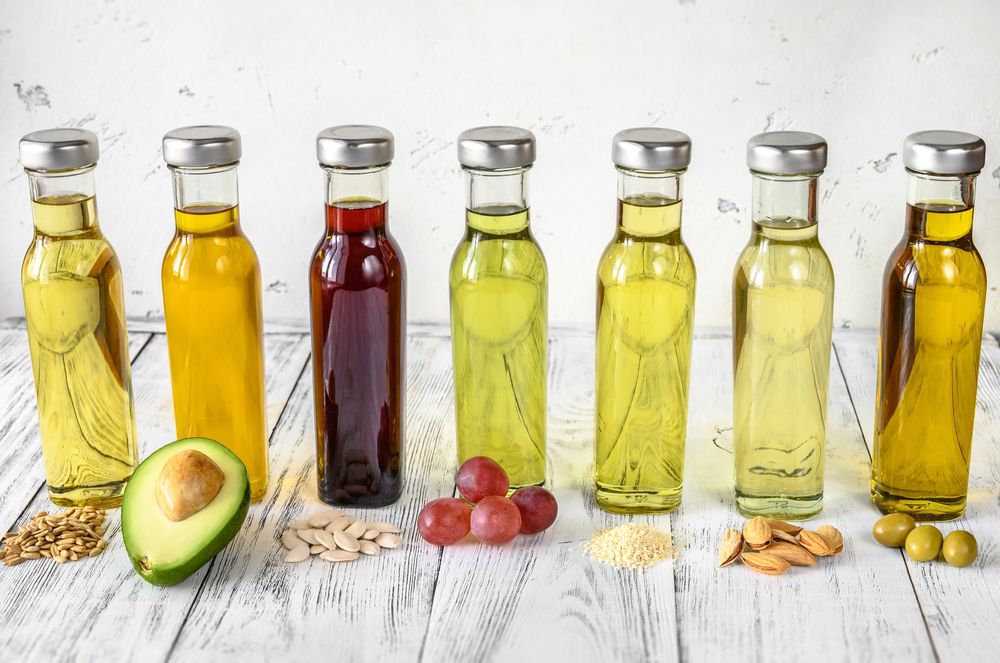
Understanding Different Cooking Oils and Their Uses
When it comes to cooking, choosing the right oil can make all the difference in the final flavor and texture of your dish. With so many options available on the market, it can be overwhelming to know which oil to use for what purpose. In this guide, we will break down some of the most common cooking oils and their uses to help you make the best choice for your next meal.
1. Olive Oil
Olive oil is one of the most widely used cooking oils and for good reason. It is rich in monounsaturated fats, which are heart-healthy and can help reduce inflammation. Olive oil has a low smoke point, making it ideal for sautéing, drizzling over salads, or using as a finishing oil. Extra virgin olive oil is best used for low-temperature cooking or as a salad dressing, while regular olive oil can be used for higher-temperature cooking.
2. Canola Oil
Canola oil is a versatile cooking oil with a neutral flavor and high smoke point, making it ideal for frying, baking, and grilling. It is low in saturated fats and high in monounsaturated fats, making it a healthier option than other vegetable oils. Canola oil can also be used in salad dressings or marinades.
3. Coconut Oil
Coconut oil has gained popularity in recent years for its health benefits and unique flavor. It has a high smoke point, making it suitable for frying and baking. Coconut oil is solid at room temperature but melts easily when heated. It adds a subtle coconut flavor to dishes and can be used in both sweet and savory recipes.
4. Avocado Oil
Avocado oil is a healthy cooking oil that is high in monounsaturated fats and vitamin E. It has a high smoke point, making it suitable for all types of cooking, including frying, sautéing, and grilling. Avocado oil has a mild flavor, making it a versatile option for a wide range of dishes.
5. Peanut Oil
Peanut oil is a popular cooking oil in Asian cuisine for its rich and nutty flavor. It has a high smoke point, making it perfect for stir-frying, deep-frying, and pan-frying. Peanut oil is also commonly used in salad dressings and marinades. It is important to note that peanut oil is not suitable for individuals with nut allergies.
6. Sunflower Oil
Sunflower oil is a light cooking oil with a mild flavor and high smoke point, making it a versatile option for cooking and baking. It is high in vitamin E and low in saturated fats, making it a healthy choice for everyday cooking. Sunflower oil is commonly used in frying, baking, and salad dressings.
Conclusion
Choosing the right cooking oil can have a significant impact on the taste and texture of your dishes. Each type of oil has its own unique flavor profile and smoke point, making it suitable for different cooking methods. By understanding the characteristics of each oil, you can make informed decisions about which oil to use for your next meal. Experiment with different oils to find the perfect match for your favorite dishes and elevate your cooking to the next level.
Remember to always store your cooking oils in a cool, dark place to preserve their flavor and nutrients. Properly disposing of used cooking oil is also important for environmental health – never pour oil down the drain, as it can clog pipes and harm aquatic life. Consider recycling your used cooking oil or disposing of it in a sealed container in the trash.

